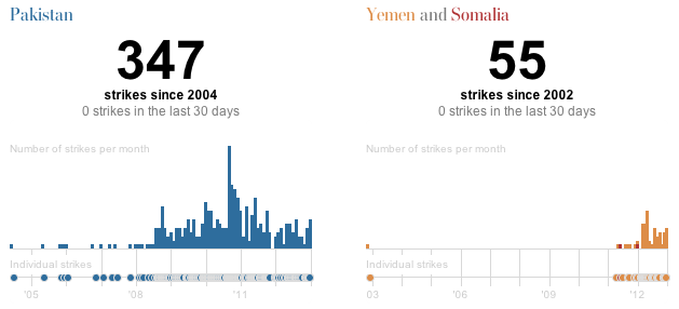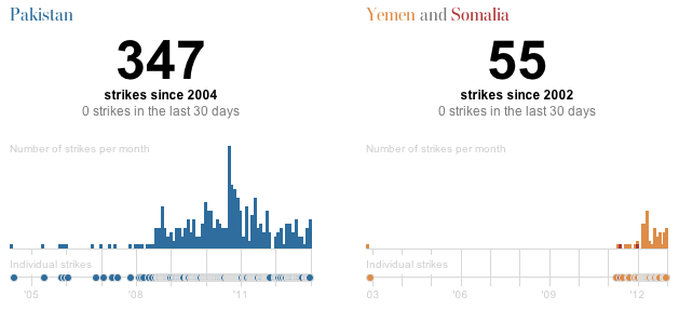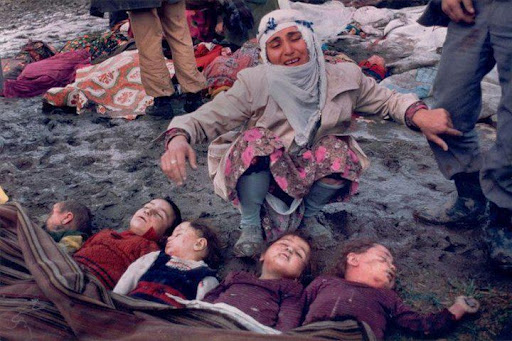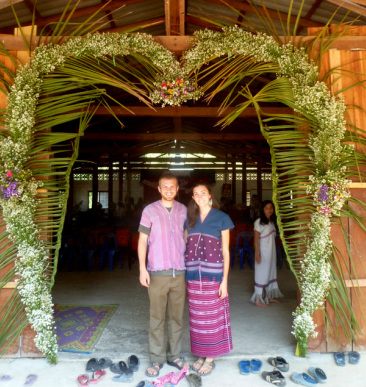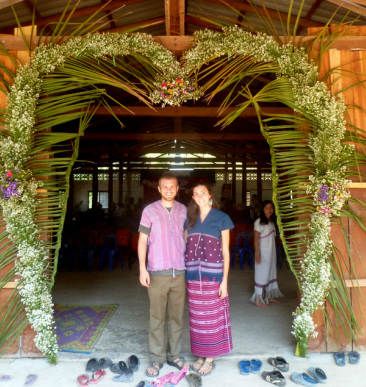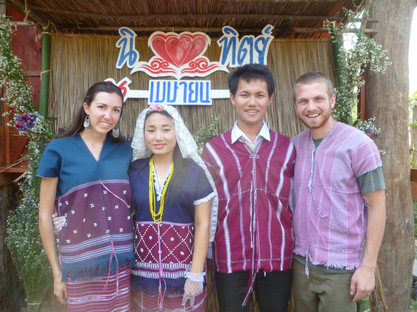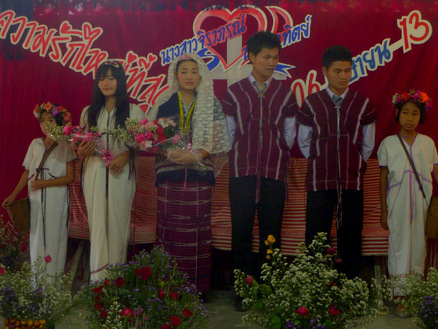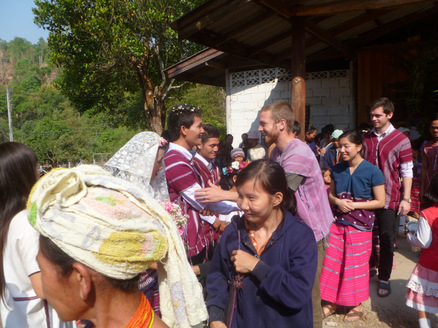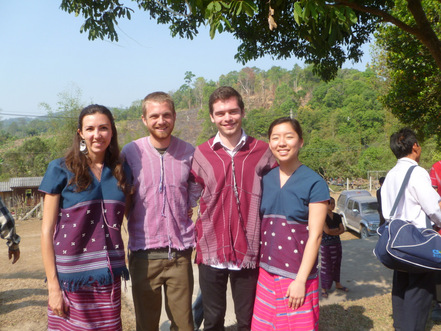We firmly believe that this is an issue that everyone should be able to agree on, regardless of our political or religious persuasions. Both political parties have supported (and expanded) the drone program, but the implications of it are so anti-human that this continuing phenomenon demands the attention– and the resistance– of people of compassion. With that goal of stirring compassionate people (and especially followers of Jesus) to action, A. and T. have co-authored this post to look into the human cost of drones, as well as to examine the question of whether this “anti-terrorism” strategy might actually be increasing the risk of terrorism in the United States and around the world.
A couple of months ago, we read an interesting Kindle Single called Aftershock: The Blast That Shook Psycho Platoon (download it for free here) about some of the struggles US soldiers face as they come back from either Afghanistan or Iraq. It talks about the effects of two conditions: post-traumatic stress disorder (PSTD) and mild traumatic brain injury. Aftershock follows the lives of one platoon that experienced a rocket attack while they were in their barracks at a main base in Iraq. The rocket barely missed their building, and fortunately, only one of the men experienced minor physical injuries from shrapnel. Unfortunately, all of the men experienced some psychological injuries from the distress of a near-death experience and from the blast waves emanating from the rocket. Research is showing that the explosions of these bombs, land mines, and rockets can rattle the brain so much that the end result is like a concussion. Concussions are dangerous enough for football players or other people who suffer accidental head trauma, but the Army’s researchers are finding that concussions are even more severe for soldiers since usually the concussions are sustained in the middle of combat when a flood of chemicals like adrenaline are surging through the brain.
Concussions are strange and unpredictable injuries: some people experience no long-term effects from them at all, while others experience headaches, memory loss and other life-altering symptoms. When these brain-altering injuries occur during traumatic events– like losing friends and fighting for your life in battle– they can be compounded by post-traumatic stress disorder (PTSD). Over the past few years, the combination of those two conditions has manifested in many (but certainly not all) returning war veterans as an inability to adjust to civilian life, irrationally violent behavior, and suicide (the VA estimates that 18 U.S. war veterans commit suicide every day).
Not only does it create more enemies for the United States by tarnishing the country’s image abroad and boosting Al-Qaeda’s recruitment, it also sets a dangerous precedent for other nations to follow. Will the world become a safer or more dangerous place if nations like Iran, North Korea, China, and others follow the example of the world’s leading superpower by using drones to carry out extrajudicial killings inside the territory of other sovereign nations with whom they are not even at war? By the low standards we have set thus far, Iran theoretically has the right to strike Israel with drones (which they are acquiring) in the name of national security, and China is entitled to use drones to kill off the pesky Taiwanese or Tibetan leaders who threaten its regime’s power. I think we can all agree that those are some absurd and terrifying possibilities.
But hopefully as the Body of Jesus we can sense more than irony– hopefully the Spirit will open our eyes to see the injustice of murdering innocent people, especially children, in our endless pursuit of greater security for ourselves and our children. Hopefully we sense the danger in ignoring human rights, human lives, domestic and international law in the name of defending our rights. God willing, we will recognize that this violent disregard for the lives of people from a culture and a religion not our own actually cheapens our regard for our own lives and makes a mockery of our supposed devotion to the God who created us all, who imprinted us with His image, who lived and died as one of us, and who declared that He is forever present in the enemy, the outsider, the needy and the rejected ones.
Our prayer is that as the community of Jesus, we can take up our cross and find creative ways of practicing the active nonviolent love that Jesus taught us, and that we can find the courage to stand against our society as an example of self-sacrificing love in an age of paranoid retaliation.
